In the old town palermo, turning the corner of any alley, apparently without anything of interest, is the Palazzo Valguarnera Gangi . This 300-year-old stately building appears as if from nowhere, and not even its classical façade prepares for its elaborate baroque interiors, laden with gilt and majestic chandeliers hundreds of years old.
The mirrors on the walls and ceilings, the heavy velvet curtains, and the general opulence of the Galleria degli Specchi They make you think, in a fully deserved way, of the Hall of Mirrors in the Palace of Versailles. And the most curious of all is that it is easy to miss this striking visit if you do not know where to look.
As with so many other hidden corners of this island full of stories, each one more fascinating, has a discretion typical of a place through which millennia of conquests and scandals have passed. Discover Sicily It really is a task for experts.
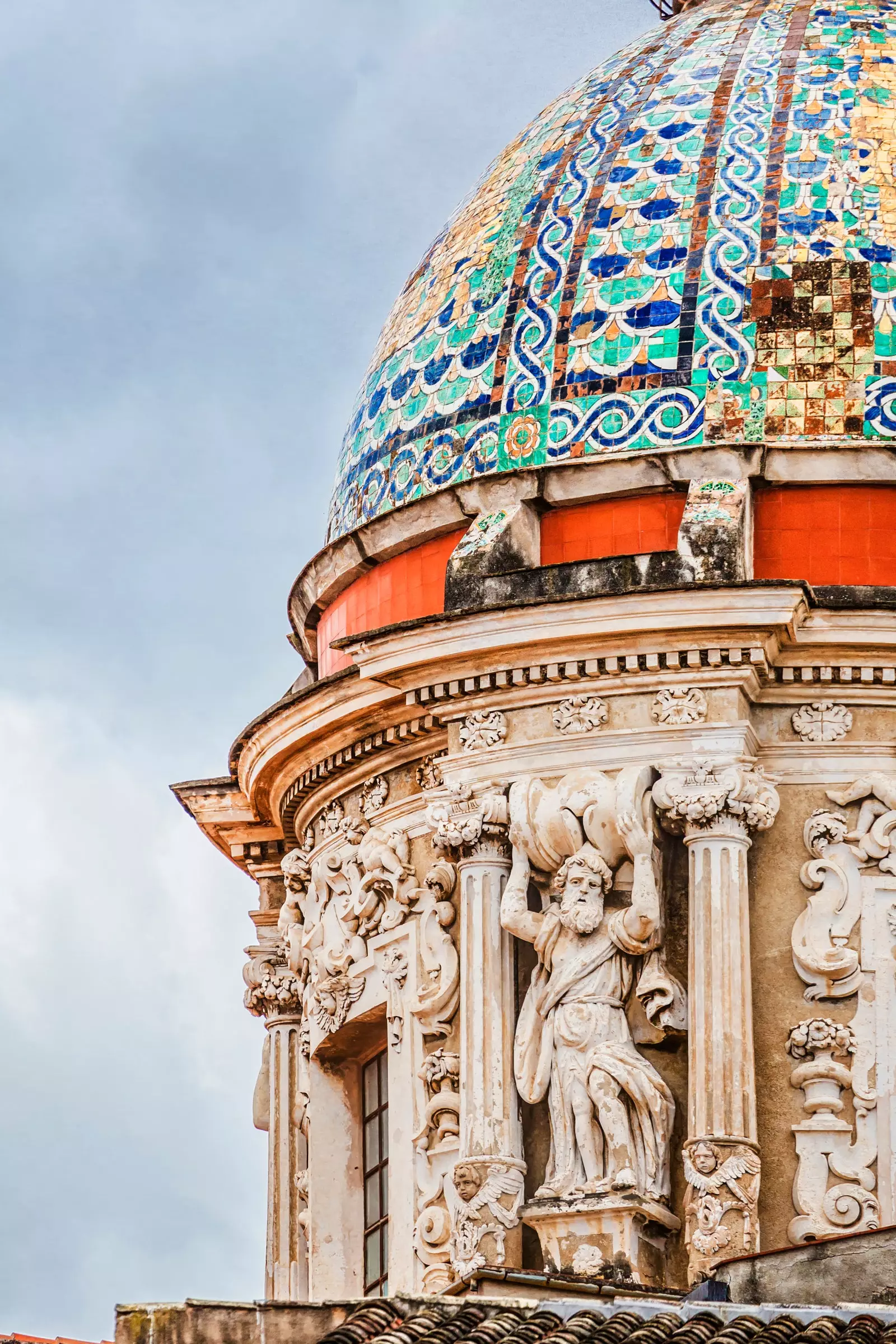
Dome of the Carmine Maggiore church.
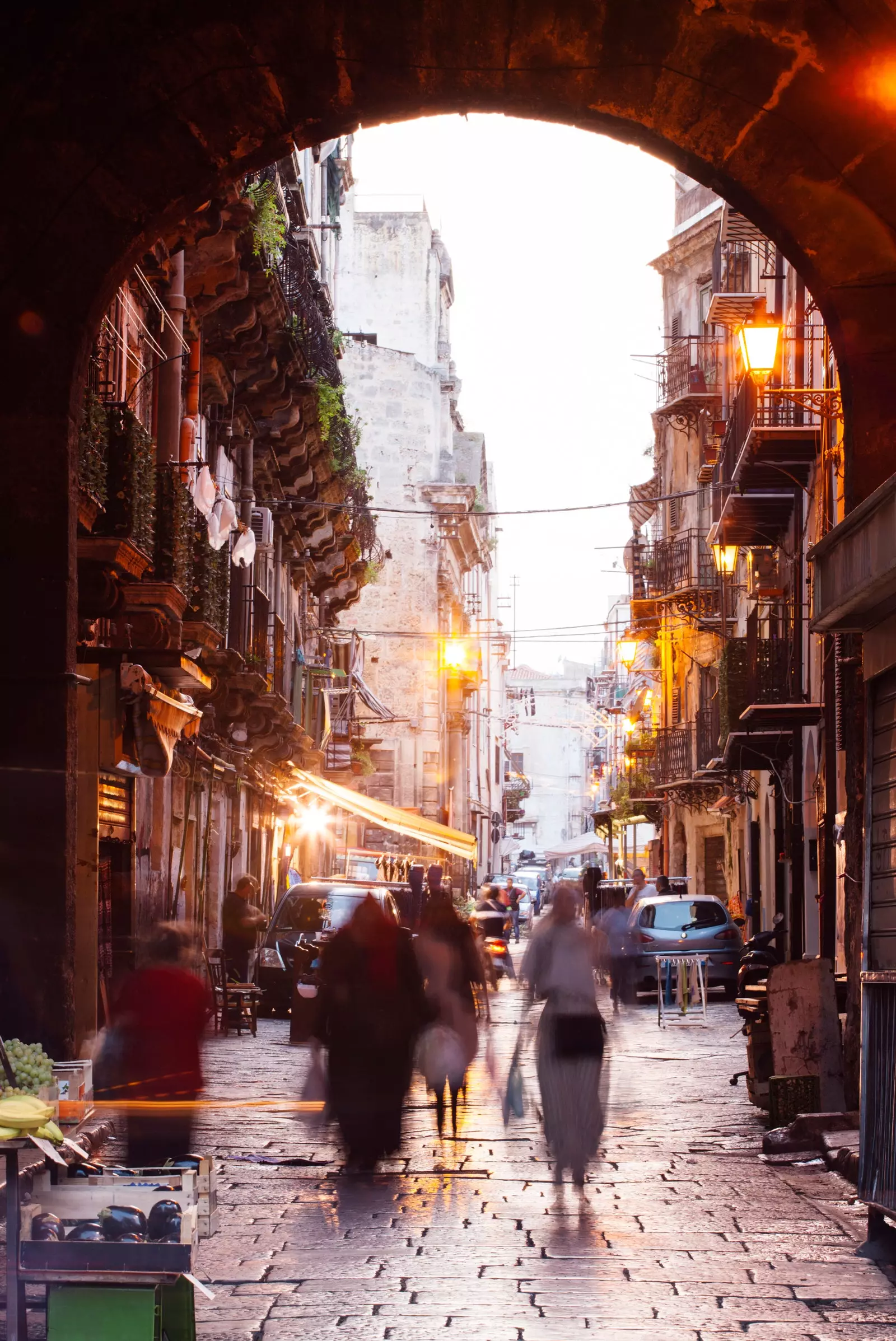
Near the Mercato di Ballarò, in Palermo.
in the buildings of palermo are still appreciated WWII scars but behind its doors there palaces that continue to belong to descendants of the House of Bourbon , who reigned there for half a century. Beneath the city lies a tunnel network which has served both as a shelter for the sins of disobedient monks and nuns and as an escape route for the Beati Paoli , a secret sect forerunner of the Mafia.
It is, in general, a cunning city that is not easy to get to know in depth without good knowledge of the streets. But, fortunately, that's what people like Marcella Amato, an ingenious palermitan loaded with urban legends and various knowledge. It is thanks to her contact with the princess that she lives in the Palazzo Valguarnera Gangi that we got the tour of its lavish rooms.
Although certain exclusive events are organized inside, the palace remains primarily a private residence. It's these kinds of things that give a real sense of rediscovery.
Before being the capital of Sicily, Palermo had a history of conquest and power struggle between Phoenicians, Greeks, Arabs, Vandals, Normans and Spanish. Later, after the 19th century Italian unification It was a crossroads between Tunisia and the largest island in the Mediterranean, closer to the African city than to Rome.
European, Eastern and African cultures have passed through it, which have influenced each of the elements that make it up, from its gastronomy to its architecture, passing through its dialect. It's a perfect first stop, the gateway to western Sicily.
The visit to the salt flats is a journey through a practice with hundreds of years of history, which could be close to disappearing due to technological advances and the greater number of opportunities in other sectors.
The next day starts early with a drive along the coastal road towards the city of Trapani . Industrial buildings on the outskirts of palermo they give way to hill and coastal views as we move west. The mild midday sun of this cool September must be a welcome relief after the long hot summer.
It's a great day to see Trapani salt pans , of Phoenician origin and about 2700 years old. By squinting your eyes a little, you can see the silhouettes of two of the Aegadian Islands, Favignana and Levanzo, close to the Sicilian west coast, barely a shadow between the intense Mediterranean light reflected in the sea.
The Salinas seen from the road, but what would be just a brief glimpse of blue and pink lakes by the sea is a far cry from a full tour. The experience is unique, a window to the artisan collection of sa l, which here takes the form of choreography. A bunch of men move in an orderly fashion as they shovel salt into wheelbarrows, bare-chested and in shorts and wellies.
These heaps are then pushed over uneven ground, covered by a thin layer of water with a reflection so sharp it looks like ice, until the great piles that wait at the edge of the plots. With skin like leather and faces hardened by the sun, these workers are likely to be the last to work in this way. These salt pans are no longer a particularly attractive place to go to look for work.
The visit to the salt mines is a journey through a practice of hundreds of years of history , close to disappearing due to technological advances and the greater number of opportunities in other sectors.
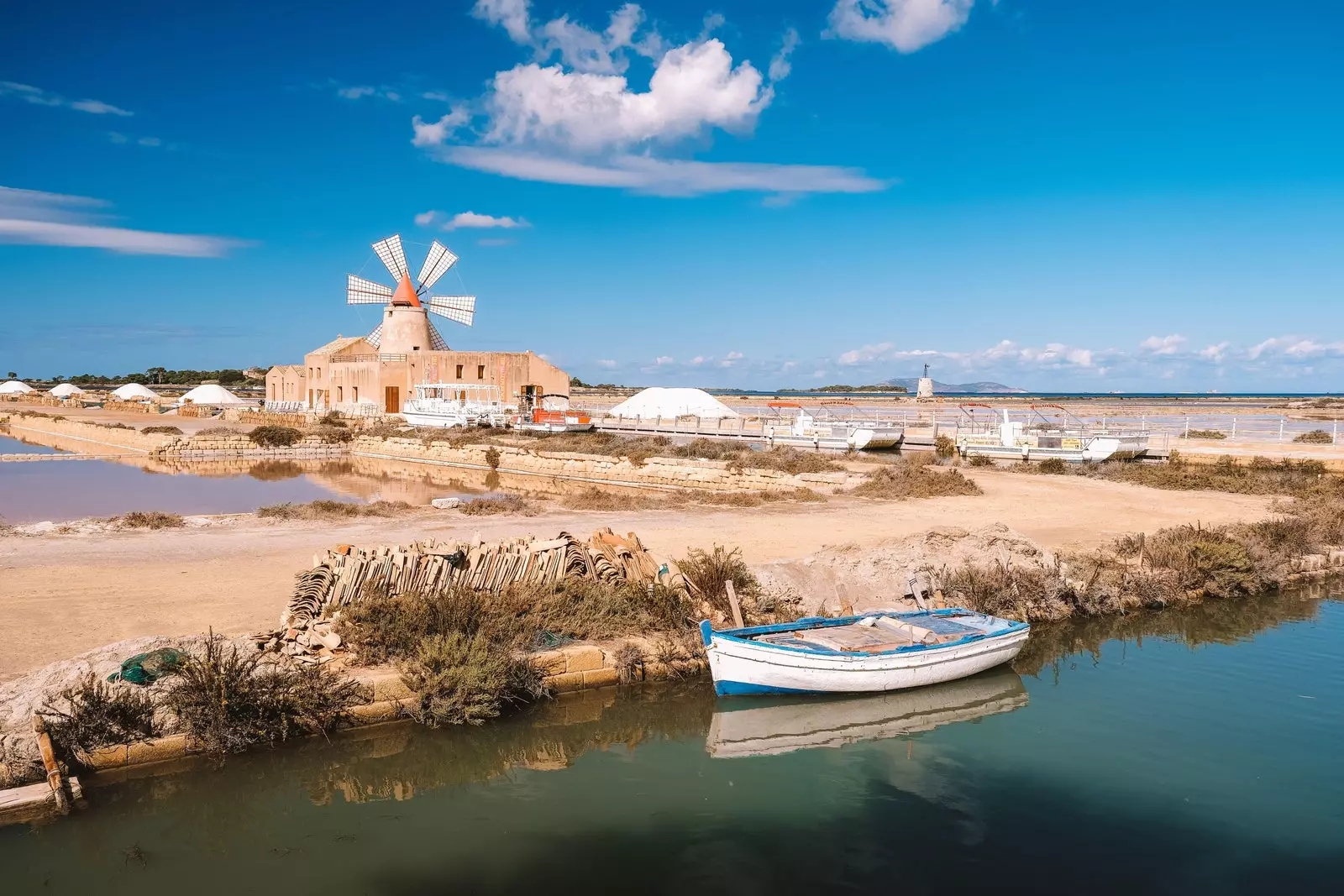
Saline dello Stagnone nature reserve, near Marsala and Trapani.
We spent the morning of the third day driving past lush fields of tall grass, a green that stretches as far as the eye can see and sways gently in the wind. We are on our way to eastern Sicily, and the road is completely empty, like a mythological Champs-Elysées. In April and May, these landscapes are covered with wild flowers.
We make the first stop at a fascinating place: the Great Cretto by Alberto Burri , in Gibellina , an environmental art project created to recover a town destroyed by an earthquake. From there we continue south and make a short visit to the charming maritime town of Sciacca and, finally, we follow the coast towards the famous Scala dei Turchi , where we stop to admire the views from this natural wonder whose white cliffs seem to flow into the sea.
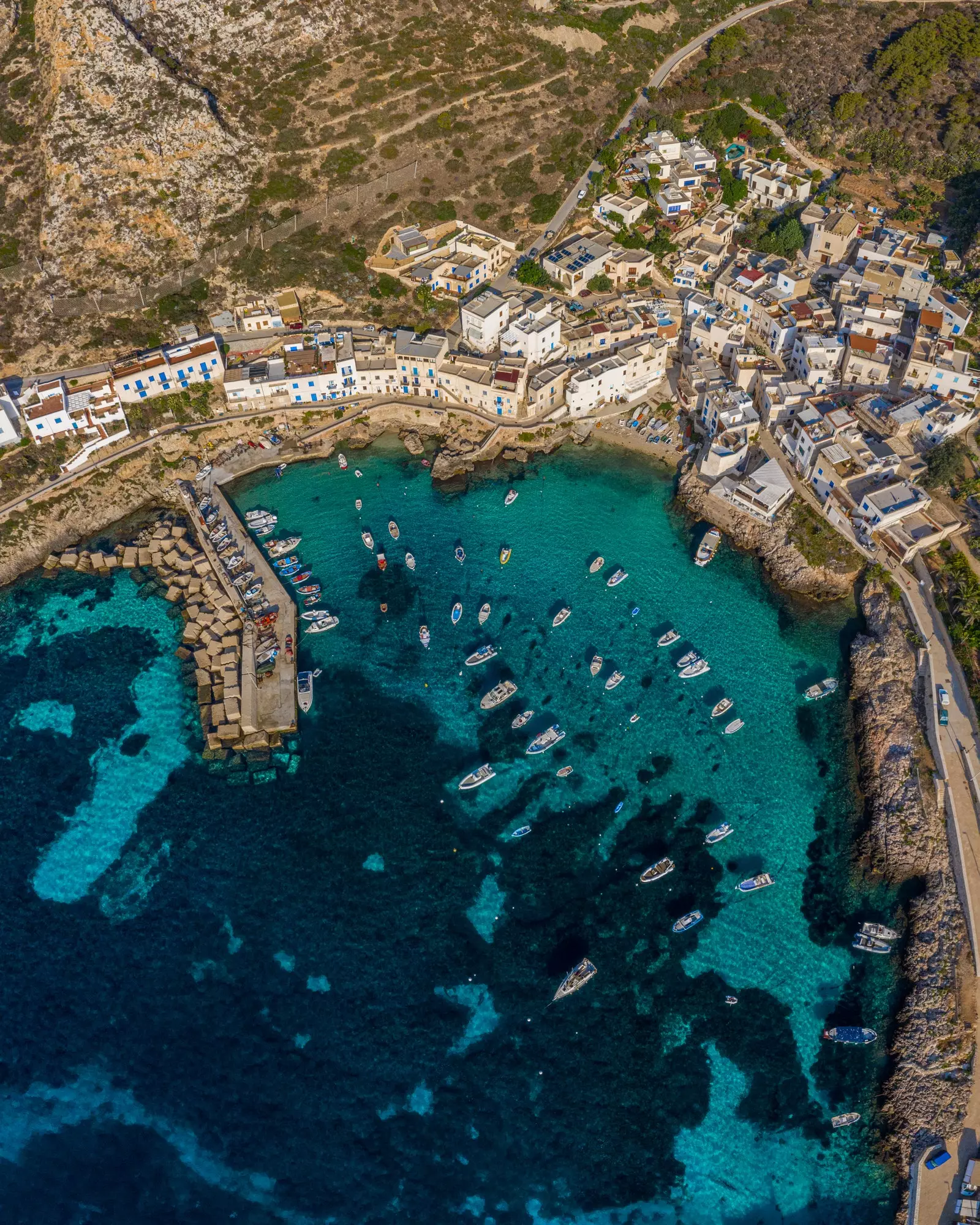
Favignana, one of the Aegadian Islands.
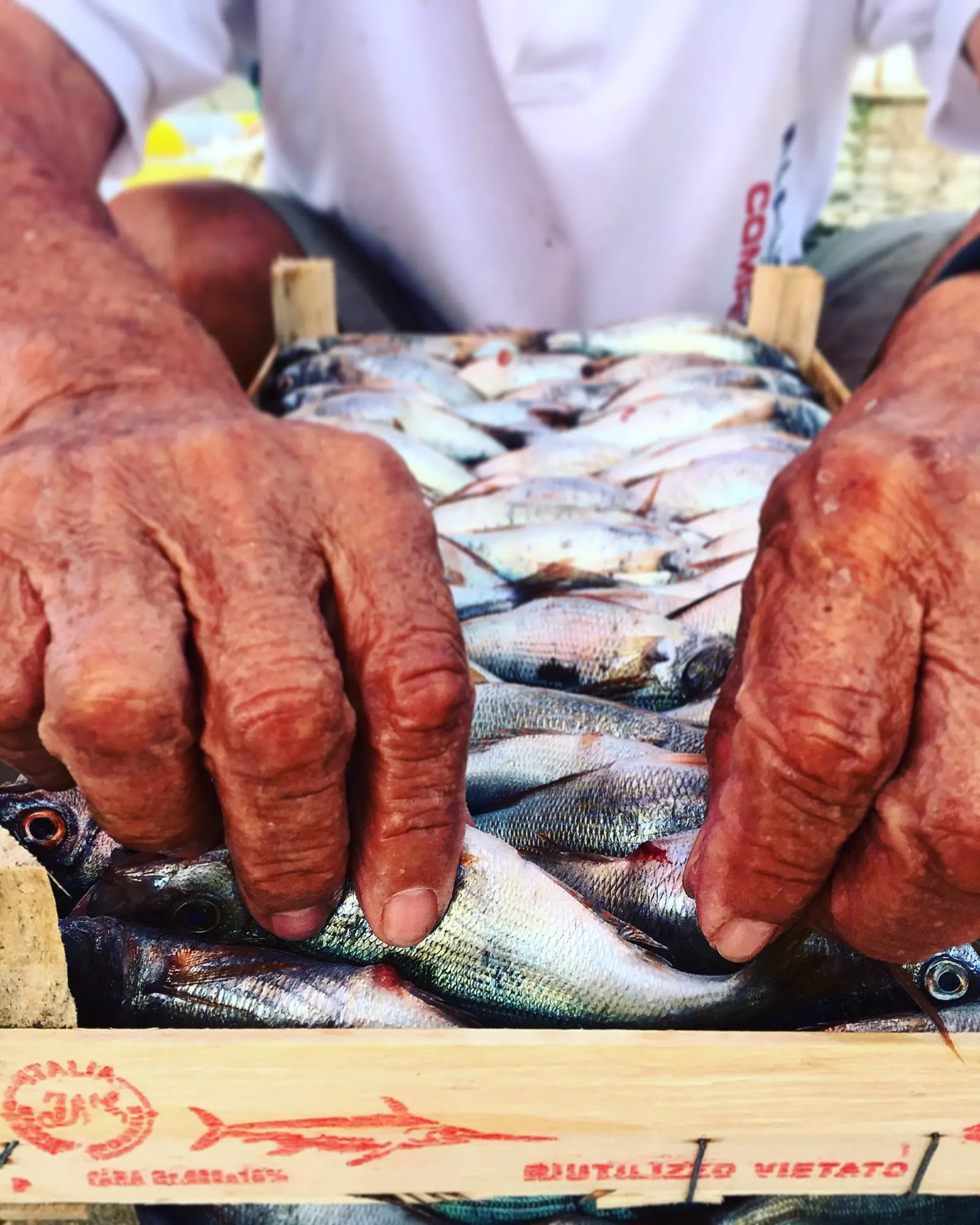
Trader placing fish on a market stall.
All this supposes many hours of car. There is not much choice, since the project to install a high speed rail line , which would completely change the sightseeing on the island, it has not yet taken shape. But these hours are time to talk, and there are plenty of topics. Peppe, guide and driver throughout this part of the trip, is from Agrigento, and he tells all kinds of stories, from myths about the winds that come from the south to the humanitarian aid that he lent Sicily during the migration crisis.
He also has curious facts about the times of the Mafia and the strong ties between Sicily and the United States at that time. He points to the place, near Palermo, where the bomb exploded that killed Judge Falcone in the 1990s, whose efforts against the Mafia and whose murder were a turning point in the fight against organized crime. Asked if Sicilians prefer not to discuss this subject with strangers, he replies: "Not talking about it would not be fair to the people who gave their lives to change it."
The Valley of the Temples It is located on a hill, a clear and spectacular view that has been welcoming 2500 years Agrigento . All the people who have approached the city in that time, from warriors on horseback to journalists in cars, have been able to contemplate the seven doric temples built by the ancient Greeks. Although entrance to the valley is now restricted, a few years ago these monuments were just another element of daily life.
At the southeastern end of the valley is the Temple of Hera . Following the path, you can pass in front of the Demeter's Shrine , of temple of hephaestus and from Heracles . The Greeks chose this location for its firm bedrock, which could support the weight of these colossal abodes of the gods. But it is not only Greek culture that has left its mark here, and Agrigento also has a strong Arab influence. Sicily has always been, long before the term was coined, a Culture crucible.
The Temple of Concord It is the best preserved and most imposing monument in the valley. We arrive just as sunset turns the sky a brilliant pink, making the temple glow with unearthly hues. It is these magical moments that allow us to truly appreciate the age and power of our world.
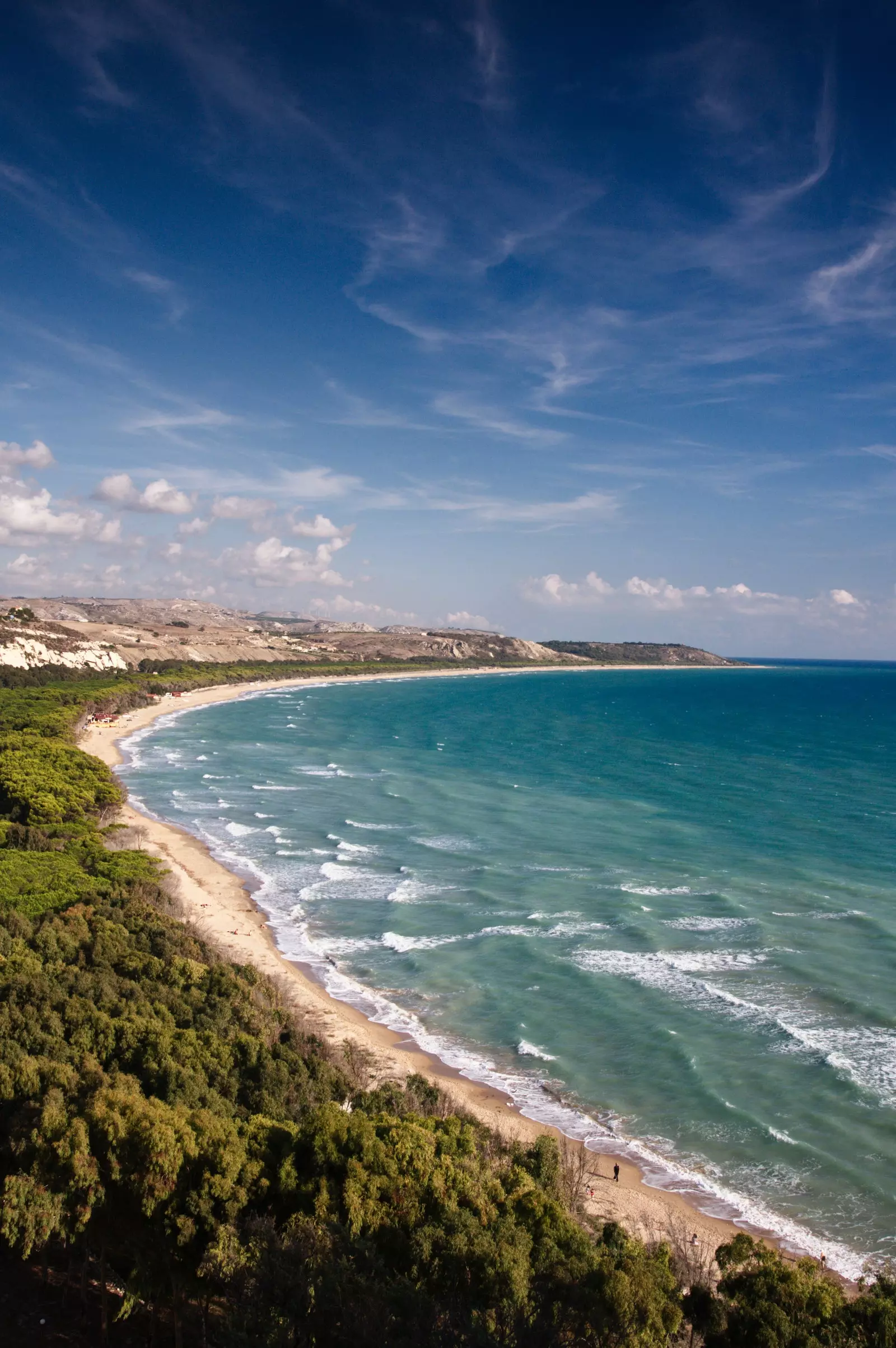
Capo Bianco, near Argrigento, Sicily.
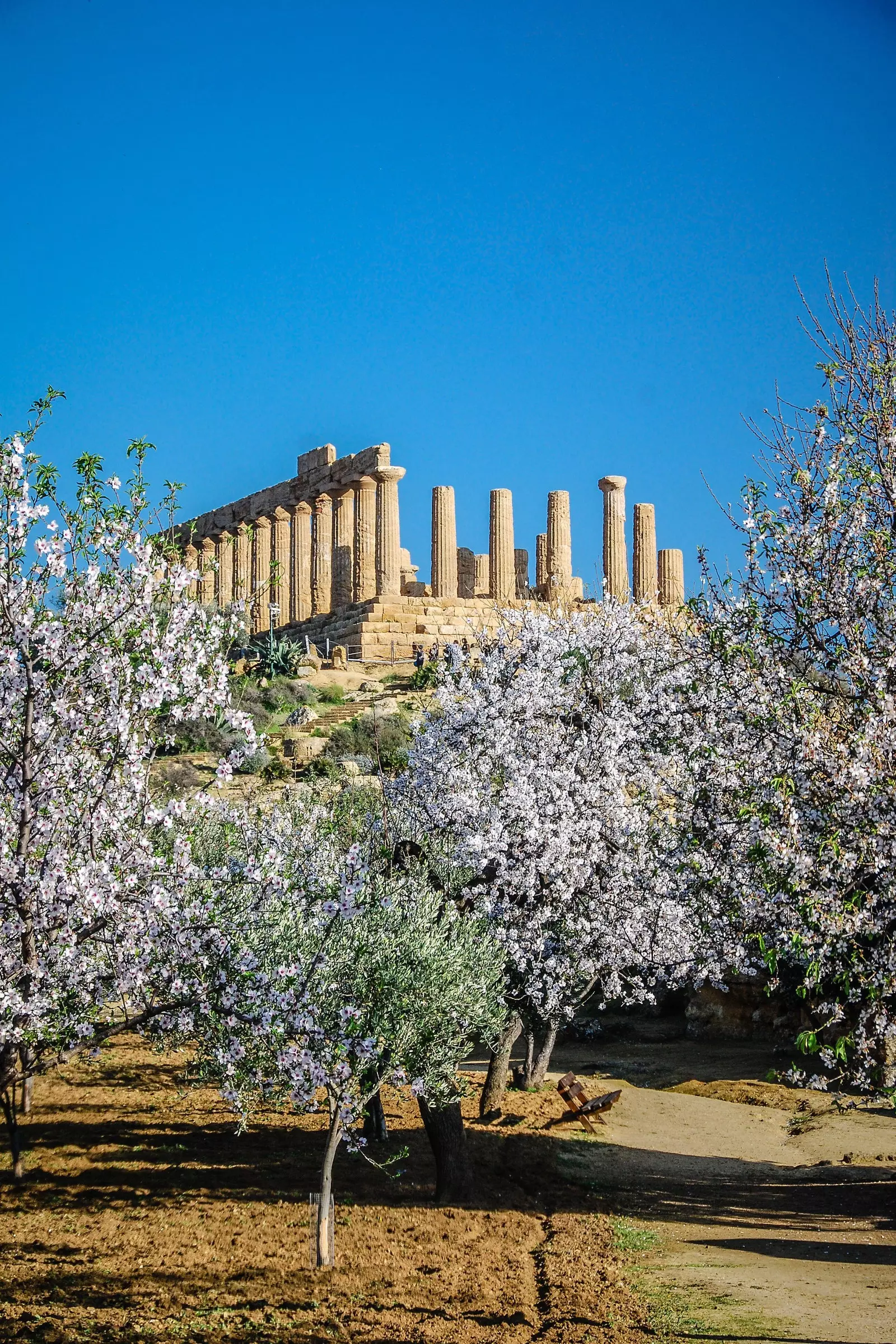
Temple of Concord in the Valley of the Temples, near Agrigento.
In ortygia, a Mediterranean island that contains the old part of the city of Syracuse , lives one of the last artisans of the pupi from sicily , some puppets used in theatrical performances known as Opera dei Pupi that became popular on the island during the 19th century and that are cultural heritage protected by UNESCO.
An hour's drive to the south is the beautiful baroque town of I notice. Its streets are enchanting at dusk, with the evocative amber glow of its lampposts that envelops the 18th century cathedral in a dreamlike aura.
About the same distance to the west is affordable , where the influence of the Spanish Empire can be seen in the chocolate tradition , which employs Aztec techniques that were imported about 400 years ago. In the capital of the same province, Ragusa , there is the study of Maria Guastella , one of the last people dedicated to the handmade sicilian embroidery.
It is quite hidden, on a detour from the main road about ten minutes from the city, with a sign so discreet that it goes unnoticed by anyone who does not know where to look, but Maria is delighted to receive visitors, and explains the complexity and thoroughness of her work. . The sicilian sfilato is a very delicate embroidery technique that she handles with the skill of a person half her age, despite the fact that her hands show the passing of the years. Among the pieces she sells are gorgeous bookmarks and placemats, too tempting not to take a few home with you.
From the Ragusa main square , descending towards the old quarter, known as Ragusa Ibla , through cobbled streets and between ancient and regal cathedrals, you arrive at the door of another very special place in this historic town. A wooden sign reads " Rosso Cinnabro ”, pointing to the last workshop of carreteri Sicilians , artisan manufacturers of brightly colored wooden carts.
The interior of this place is like a different dimension, and crossing the threshold gives the feeling of having gone back in time a couple of centuries. The wood is carved by hand and the cars, which populated the streets of the city until well into the 1950s, are painted one by one with decorations so unique and identifiable like fingerprints, in shades of red, yellow and blue.
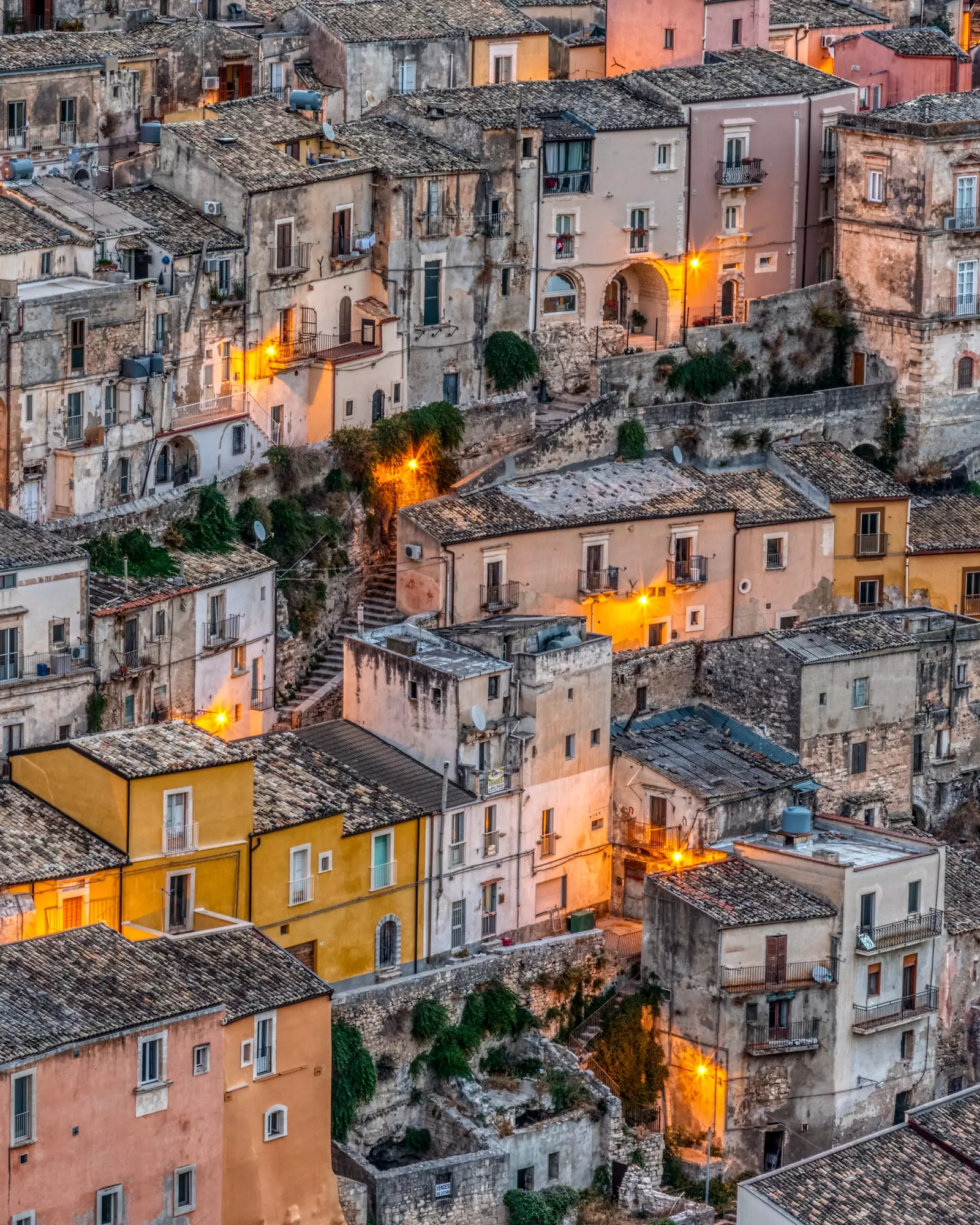
Ragusa Ibla at sunset.
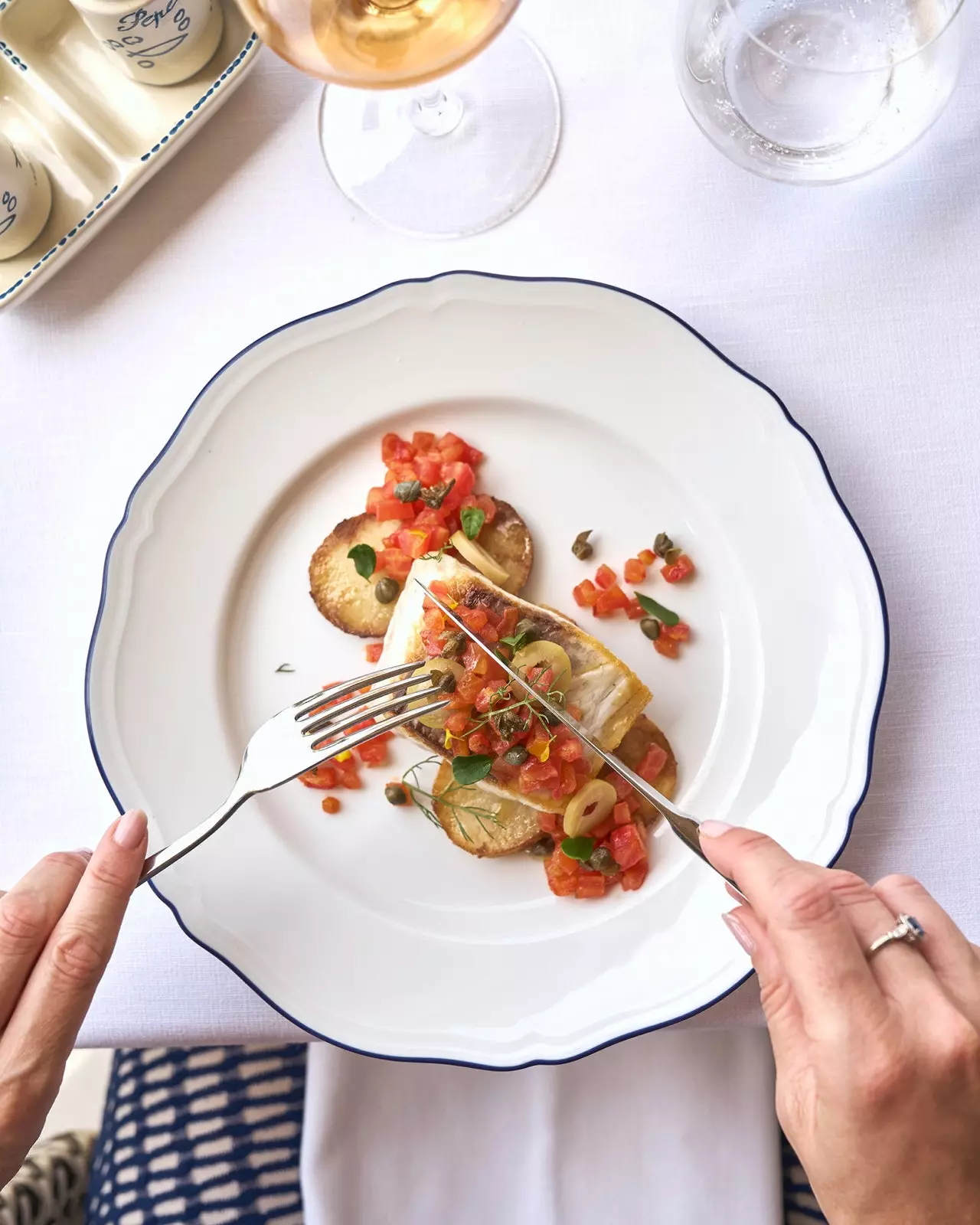
Grilled fish dish at Anciovi restaurant, at the Four Seasons San Domenico Palace hotel, Taormina.
One of the last stops is Taormina, a town in the east coast of sicily . The city is silent at dawn, although a few fishermen have already taken their boats out onto the calm, transparent waters like a sheet of glass.
When the sky is clear, from here you can see the Mount Etna , the active volcano that could destroy much of the ancient monuments in this area in a matter of minutes. It may be by the grace of all the gods that have been worshiped on this island over the centuries, but the Etna eruptions they have almost always been limited to the slope of the volcano itself.
Furthermore, the centuries of lava flow these lands have had a curious effect: the alluvial and mineral-rich soils that have caught the attention of the most important winemakers in Italy in the last 20 years. The Casa Cottanera vineyards , which extend along the slopes of the volcano, even have their own tasting room, a modern wood and glass structure where you can enjoy a Nerello Mascalese wine from comfortable leather sofas. Is a very different way to discover Sicily , a new face that marks the beginning of a new era.
But change does not have to mean the end of the traditional. on the cliffs north of Etna , like a goat clinging to the mountainside, resists the deteriorated town of Motta Camastra , despite the fact that migration to the city and the economic crisis have taken their toll. A group of village women has decided to take action on the matter and is carrying out conservation work on your own.
To attract people again and generate employment, Mariangela Curro and her colleagues have launched the initiative Le Mamme del Borgo, a gastronomic movement focused on artisan and local food whose purpose is to help the town support itself through its own agriculture while attracting visitors with its excellent traditional cuisine. Mariangela speaks with pride and joy about the project while she shows the local museum, where you can see old oil presses, and the square, from which you can see the entire valley and Etna.
We went up a path to the mama's kitchen , in which they prepare their typical sicilian food with their aprons and dresses to walk around the house. they are frying arancini, riding Eggplants parmigiana and filling crescent-shaped puff pastries with ricotta for the usual end-of-tour meal. That is how the moms attract tourism, filling the table in front of the kitchen with delicious typical sicilian dishes to enjoy under the shade of the awning on an ivy-covered patio.
This experience, which combines sustainability, conversations with local people and amazing food It is well worth organizing a trip to case done. As she serves ella alla Norma pasta and vegetable stews, Mariangela explains that her mission is not to fight against change, but neither is it to discard everything that came before to start something new from scratch.
It is take advantage of the new times to preserve traditions ; a task that, if done with care and knowing the environment, can give a lot of life to Motta Camastra . Y Sicily , an example of resilience and evolution where there are, a unique place that has inherited, cultivated, welcomed and preserved so many influences throughout its history, is the ideal place to work this magic.
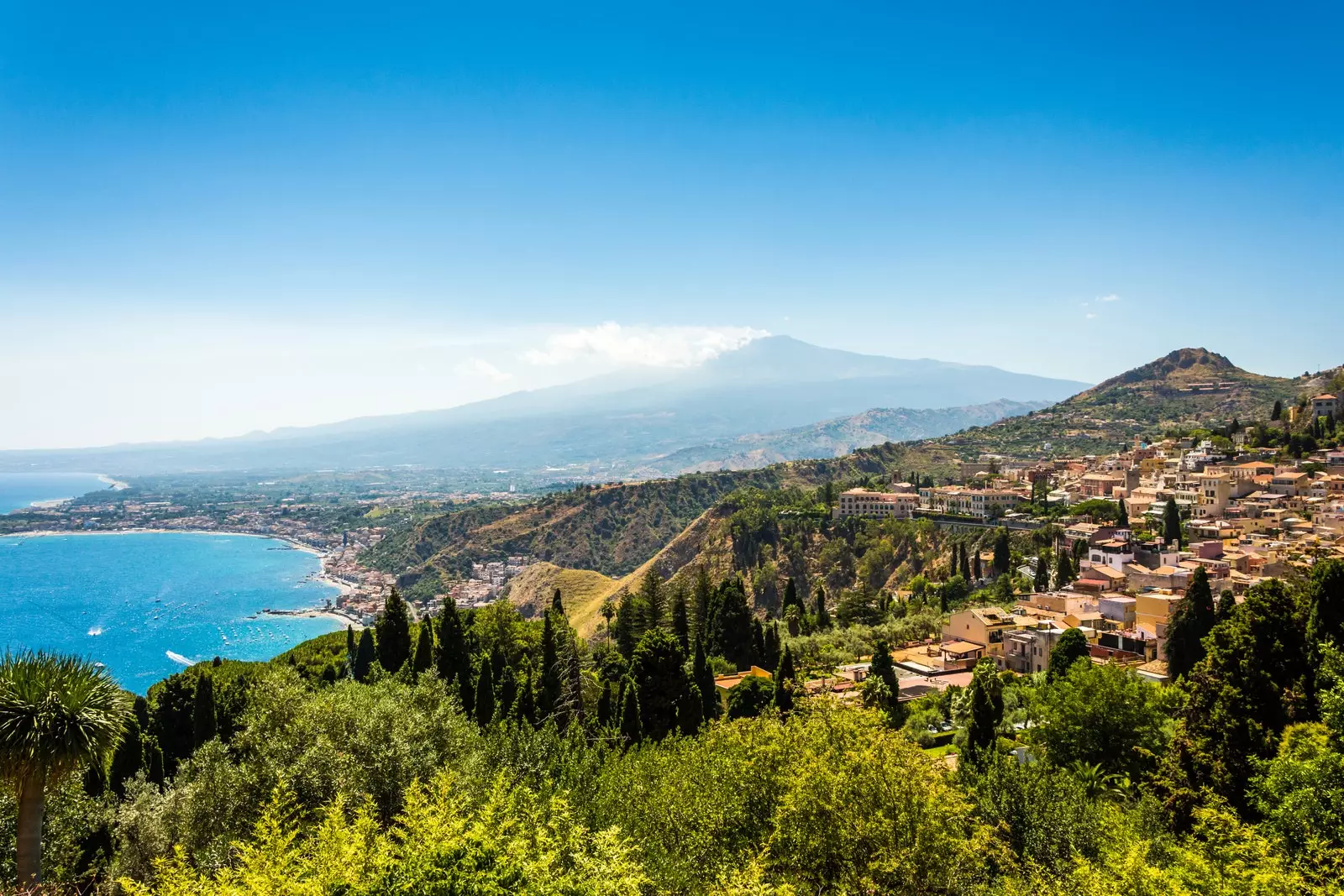
Etna and the Ionian Sea seen from Taormina.
Mariangela clears the plates after eating and offers coffee. Still need to go back to Taormina and it would be necessary to move, but the temptation of desktop is powerful. Under the awning, with the company of these extraordinary women, next to a valley with a thousand-year-old history, time seems to pass differently and the rush loses its meaning. These unrepeatable moments always deserve a little more.
Best moments
Day 1: The capo's market It is not as well known as others in Palermo, but a walk there at noon brings happiness such as a huge plate of anelletti al forno in a little stall, accompanied by a third of Menabrea.
Day 3: After visiting the salt pans of Trapani, we climb the slope that leads to the medieval village of Erice. Here is an internationally famous trade: Maria Grammatico's pastry shop, which made known the typical sweets of Sicily thanks to its shipments all over the world. She not only attended us Maria Grammatico in person, but she gave us a copy of send him love , the book that mixes her life story with her sweet recipes.
Day 4: The involtini of aubergine that we ate on the terrace of the Villa Athena restaurant, overlooking the Valley of the Temples illuminated. Although it is not that delicacies were lacking in this area, the ecological resort Fontes Episcopi they also serve some spectacular dishes made with ingredients grown sustainably on their own farm.
Day 5: The fish market Catania It's a lively place worth a visit if you don't mind stepping on tuna guts. There are wine bars as nice as sophisticated and small restaurants to eat next to the stalls. Don't wear white shoes!
Day 6: The walk on solidified lava next to the Mount Etna to whet your appetite for the afternoon wine tasting.
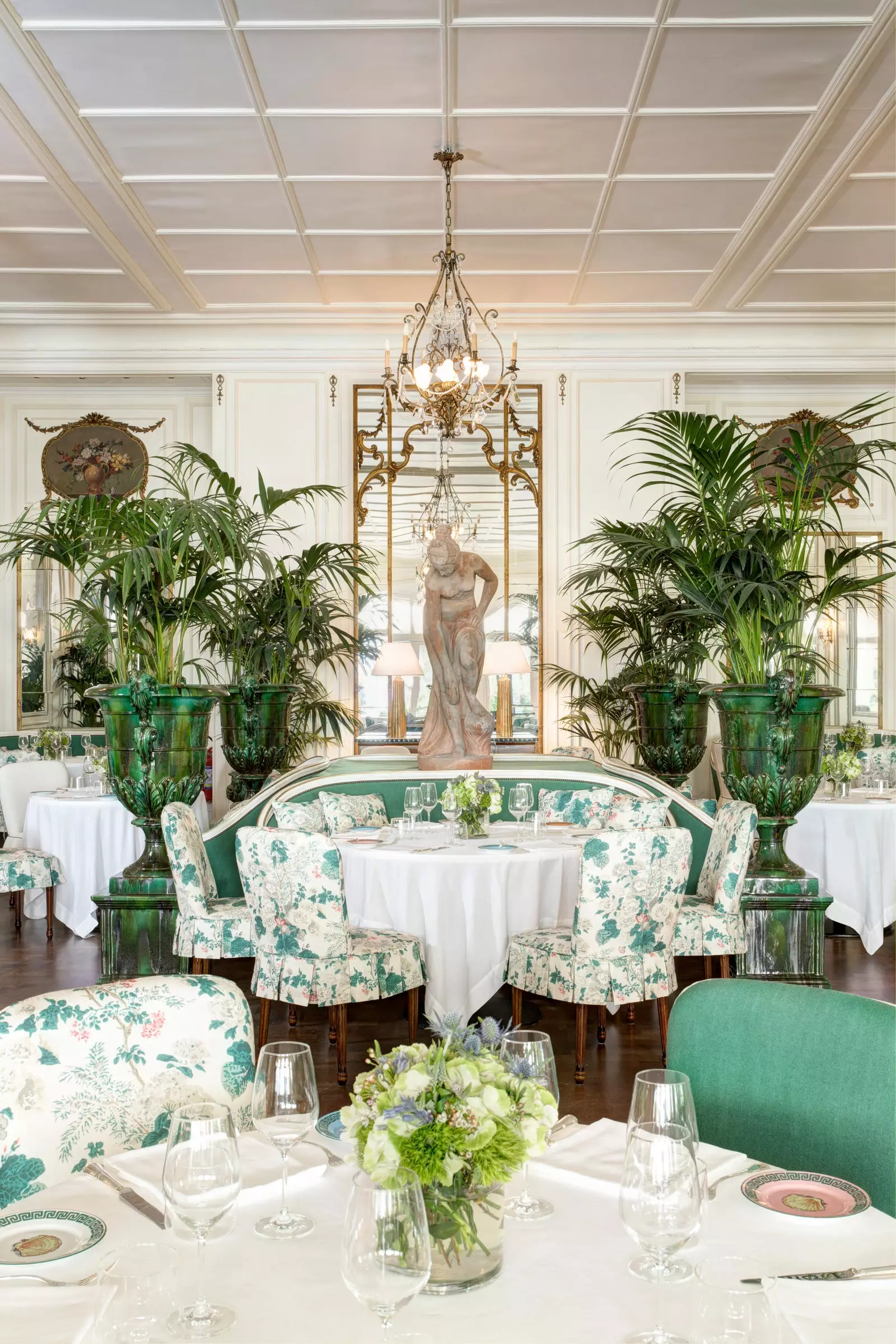
Florio restaurant at the Villa Igiea hotel, Palermo.
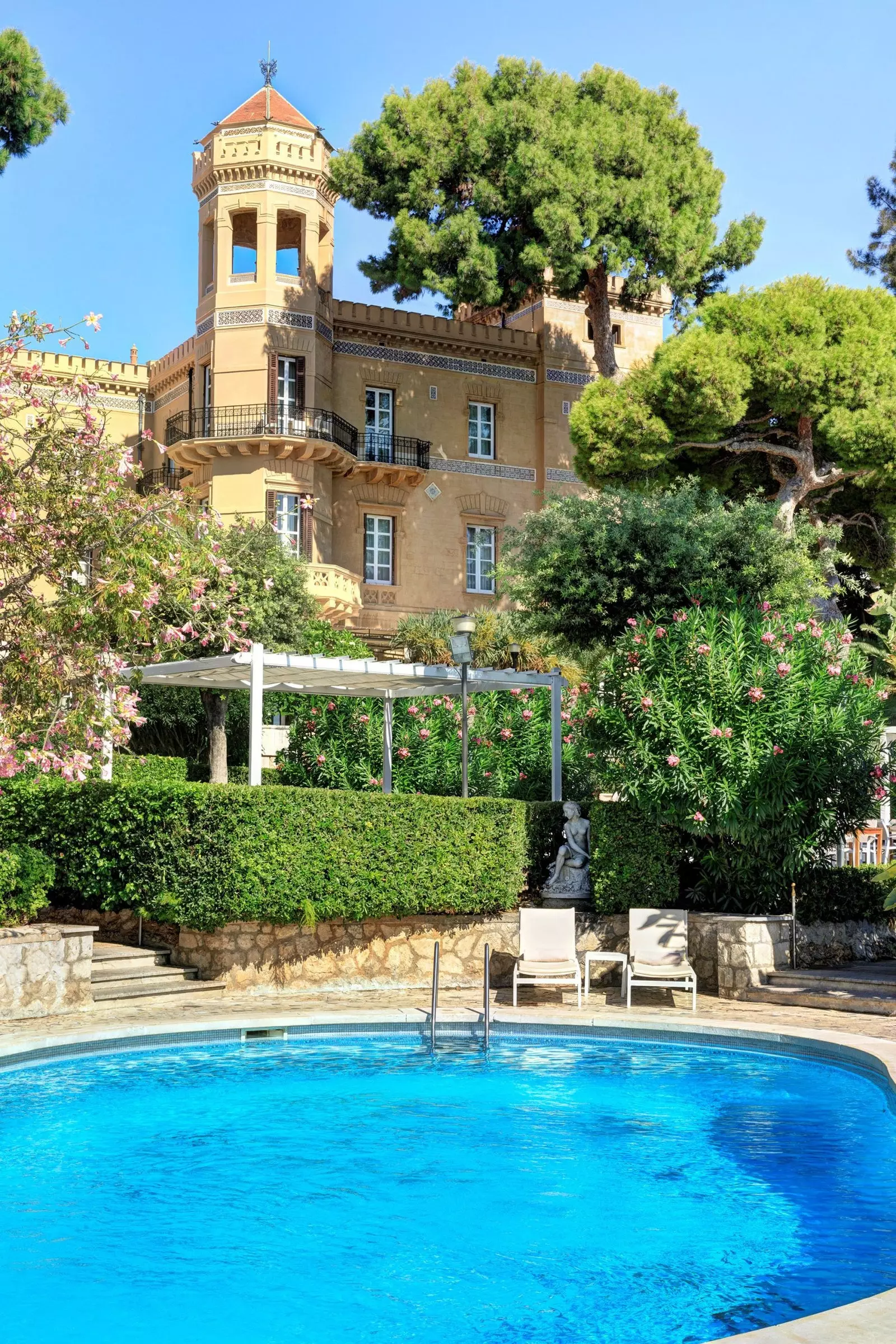
Villa Igiea's swimming pool.
Accommodation
There are places all over the island where you can rest with all the comforts. In Palermo, there is the Villa Igiea, Rocco Forte's new hotel. It is a turn-of-the-century resort that, after major renovations, offers all kinds of experiences from its privileged location by the sea.
In Agrigento there is the ecological hotel Fontes Episcopi, with its fruit trees and its impeccable kitchen next to the sustainable farm, where all the meals are made. In Note is the Seven Rooms, an old palace that occupies a discreet and perfect place very close to one of the main streets.
Taormina has been a tourist destination for longer and has the best hotels on the island, including the Belmond Villa Sant'Andrea, which has rooms with sea views, and the San Domenico Palace, in the center.
